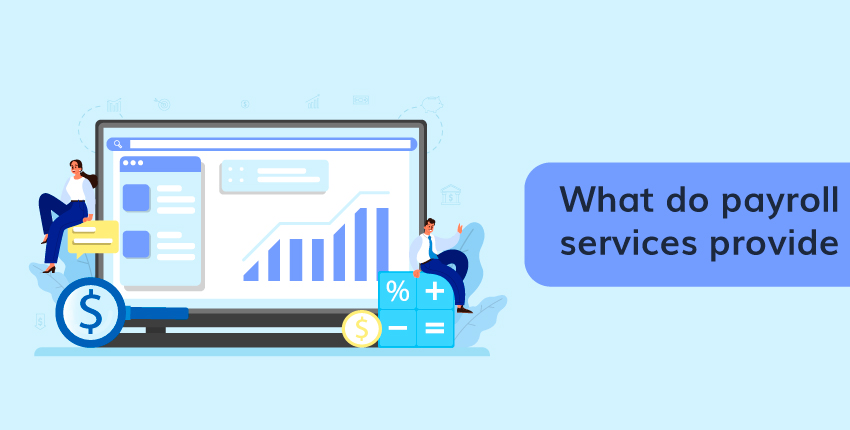- December 21, 2022
- Posted by: 10bits_mexican
- Category: Uncategorized

Payroll service providers typically offer more than a simple payslip. Most businesses use technology to minimize tedious administrative tasks for employers and provide engaging experiences for their employees. Key features of the payroll provider are:
- Automatic payroll calculation and processing
Automated processes significantly reduce the time required to calculate wages and pay employees. Flexible payment options – paycheck, direct deposit or pay card – may be available.
- Opening and customising direct debit accounts
Direct deposit is a fully automated transaction processing method. When receiving direct deposits, the payer issues an electronic payment that is automatically transferred to the payee’s checking account. There are no physical checks or the need for both parties to go to the bank and transfer money.
- Expert compliance advice
Payroll processing companies in USA are typically able to stay up to date with regulatory changes and notify their customers of changes in payroll and tax laws that affect their business. Additionally, some cloud-based payroll systems have real-time compliance updates.
- Payroll deductions, tax withholding and filing
Payroll deductions are generally processed each payroll period based on applicable tax laws and withholding information provided by the employee or court order. Many businesses choose automation because it reduces errors and ensures payments are submitted to the appropriate authorities on time.
- Integrating payroll and business insights
Payroll has many moving parts, and nothing helps keep it in sync like partnering with the best payroll services for small businesses. By consolidating related functions, employers can avoid double data entry, save time and reduce errors. Payroll is generally compatible with the following software and business processes:
- Advantage:
Contributions to health insurance and pension insurance can be deducted from one’s payroll plan.
- Human Resources:
New or revised policies which affect payroll can be updated in real time in order to support compliance.
- Worker’s Compensation:
Bonus payments may be based on actual salary amounts rather than estimates.
- Timing and Attendance:
Payroll is generally more reliable when attendance data flows directly from the source to payroll.
- Spending and Budgeting:
Integration with accounting software shows that the majority of total revenue goes to payroll.
- Point of Sale (POS) Device:
Employers may be able to track labor costs and sales of goods and services.
- Cost of Work:
Managers can see which jobs are most profitable for their company compared to salaries.
- Corporate Governance:
Businesses using workflow can track labor costs for specific projects.
- Accurate record maintenance
Maintaining a paycheck can be difficult.
Whether there are two employees or 200, accurate records need to be kept for each employee. The information in personnel files and payslips is very important and it is important to keep it up to date and secure.
Many small business owners, especially those running start-ups, start using the old “pen and paper” record-keeping method. They track everything themselves and work fine for a while. But as the business grows, one quickly finds that maintaining payslips and other employee information can become time consuming and exhausting.
- Product support
The most reputable payroll providers have knowledgeable professionals who answer customer questions quickly. In some cases, 24/7 support is available by phone or online chat.
- Sick leave and holiday absence management
A leave management system helps record, manage and track employee leave requests. Its main goal is to ensure fair processing of employee leave requests while ensuring that employee absenteeism does not negatively impact the business.
Payroll management solutions can do anything from payroll processing errors, legal compliances or employee crunch on a particular day. A good leave management system provides a unified view of employee availability across the company.
- Detailed payroll reporting
Employers can typically generate detailed reports covering all areas of pay, including wages paid, taxes withheld and hours worked.
Conclusion
When hiring employees in different countries, complying with complex local labor laws and managing payroll in multiple currencies can become a logistical headache for internal teams.
So why not outsource the global payroll to a professional provider?
They employ a service-oriented consulting approach to provide smooth and consistent service to all their employees, wherever they are in the world, through a single, centralized payroll system.
